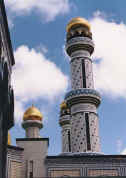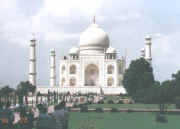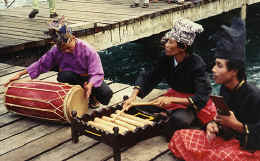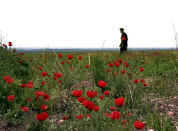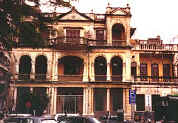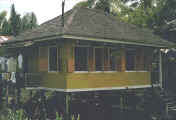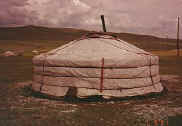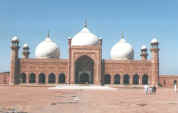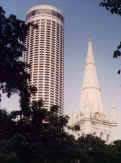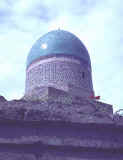

Turkey in ASIA

Jump to: Agzikarahan (caravansary)
Jump to: Ahlat
Jump to: Aksaray (caravansary)
Jump to: Akhtamar Island, Lake Van
Jump to: Amasya
Jump to: Ani
Jump to: Ankara
Jump to: Antioch (Antakya)
Jump to: Bursa
Jump to: Cappadocia
Jump to: Diyarbakir
Jump to: Dogubayazit
Jump to: Ephesus
Jump to: Harran
Jump to: Hittite cities
Jump to: Istanbul (in Europe)
Jump to: Konya
Jump to: Mt. Nemrut
Jump to: Nomads
Jump to: People of Eastern Turkey in Asia
Jump to: Pergamum
Jump to: Sumela
Jump to: Road to Ankara (by car in 1957)
Jump to: Tomb of King Midas
Jump to: Trabzon
Jump to: Troy
Jump to: Urfa
![]()
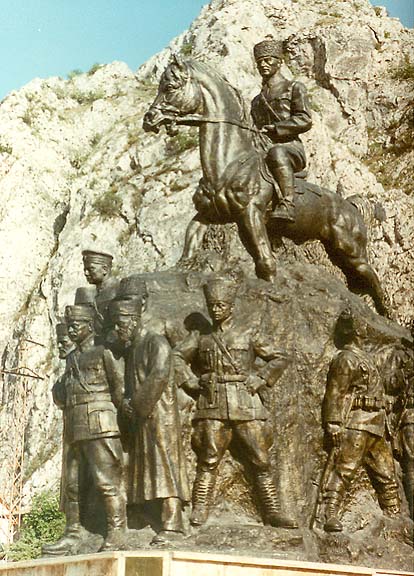
Mustafa Kemal Atatürk,
(1881-1938)
founder of modern Turkey
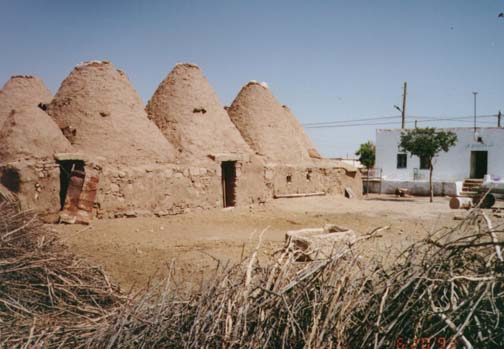
beehive
houses in Harran
Other Photos from ancient and modern Harran
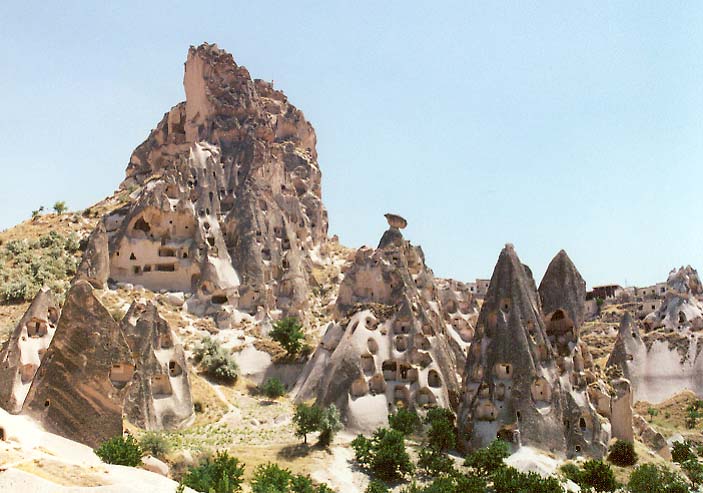
Cappadocia
Pottery and Carpets of Cappadocia
![]()

Pamukkale
Link to PowerPoint presentation (Viewer Required)
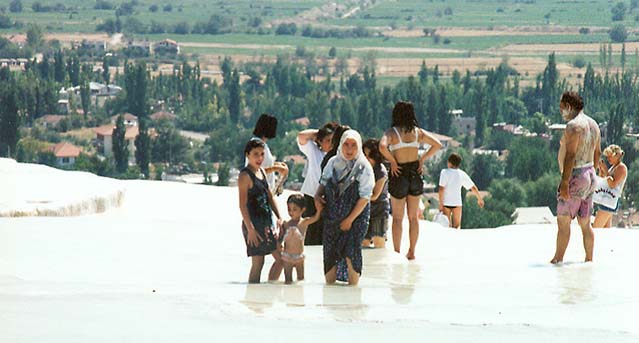
bathers at Pamukkale
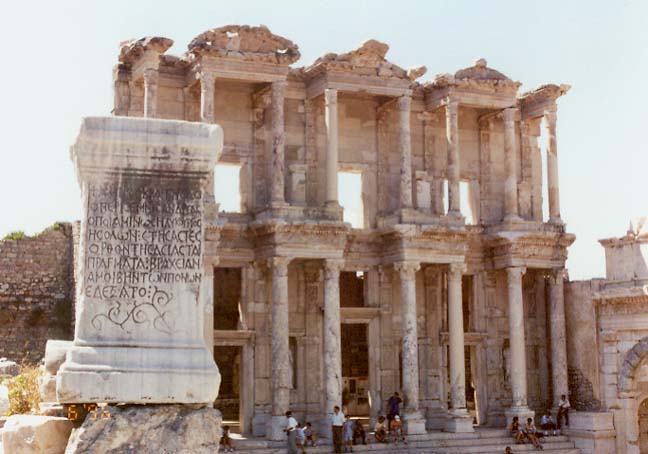
Library of Celsus, Ephesus
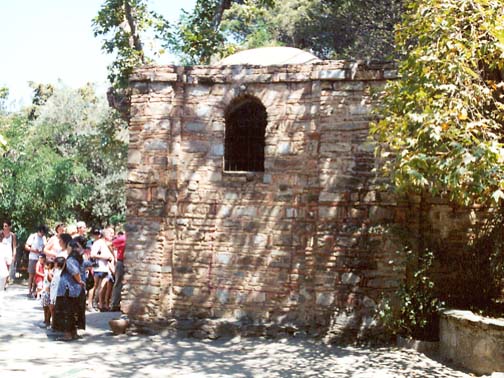
chapel near Selcuk Ephesus
where the Virgin Mary is said to have spent her last days
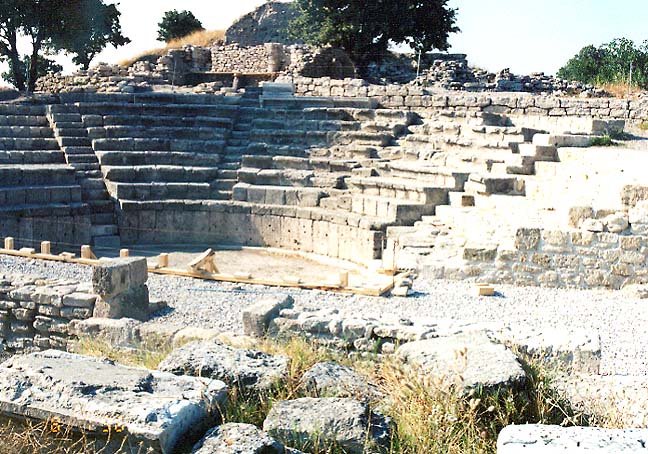
Troy
![]()
Hierapolis
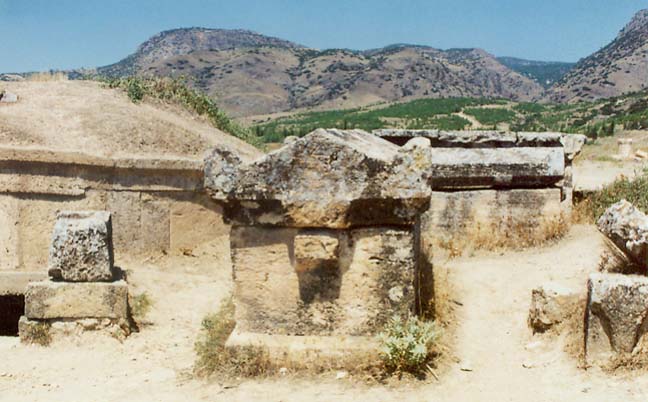
ancient burial vaults
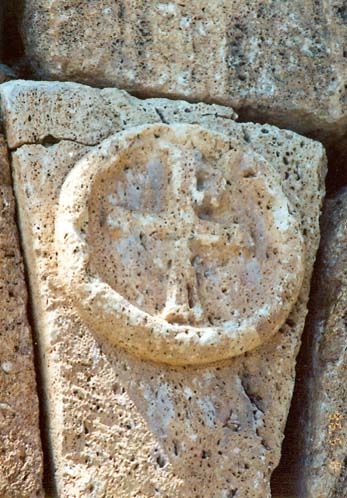
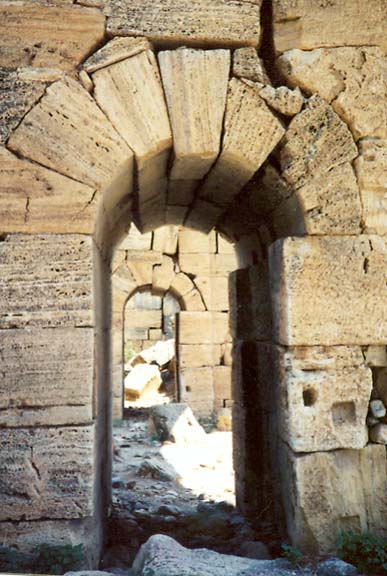
Byzantine period
![]()
Photos of the People of Eastern Turkey in Asia
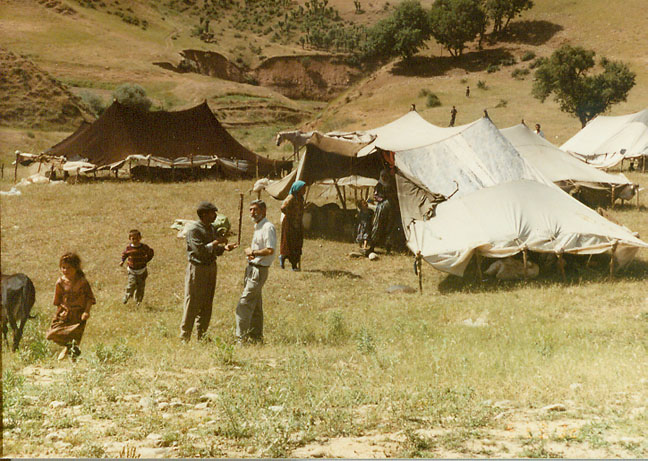
nomadic people of Turkey
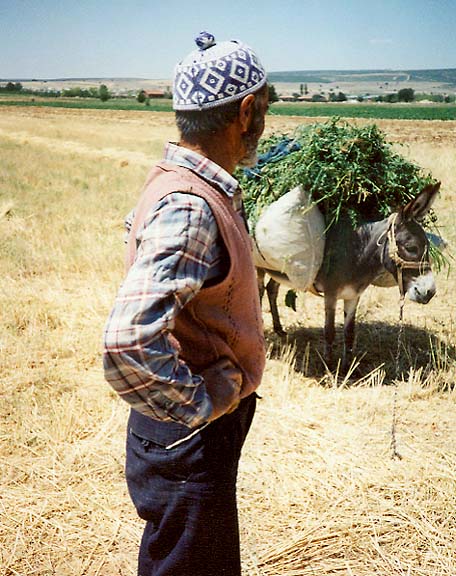
a farmer
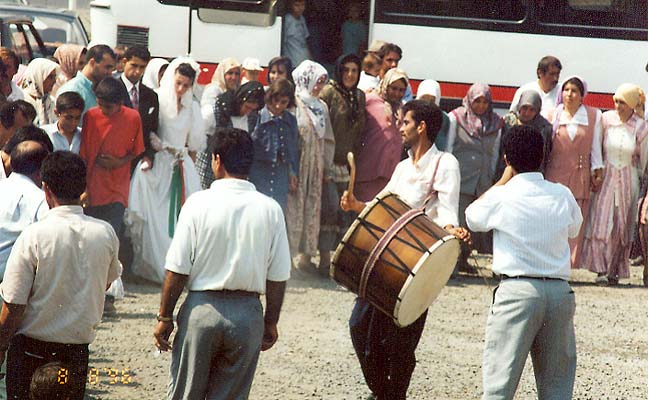
wedding ceremonies
![]()
Urfa
birthplace of Abraham
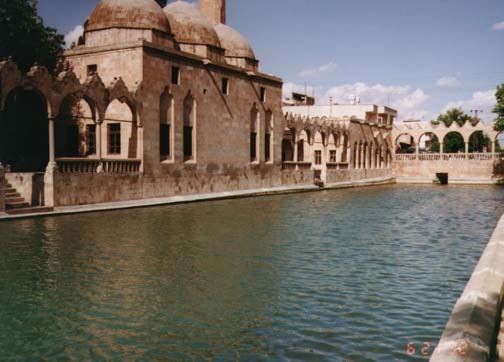
mosque at the birth site

bakery in Urfa
![]()
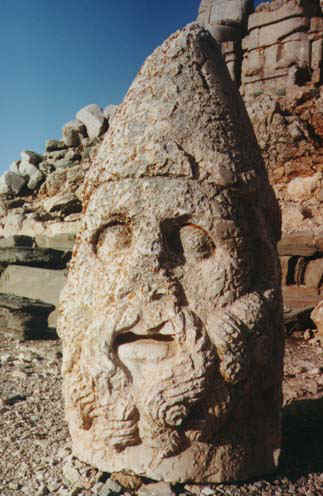
Mt. NEMRUT
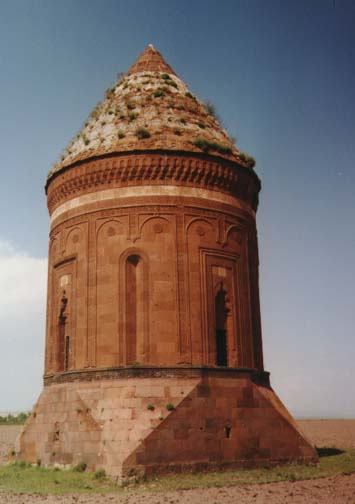
AHLAT
Photos of an Armenian church, Lake Van
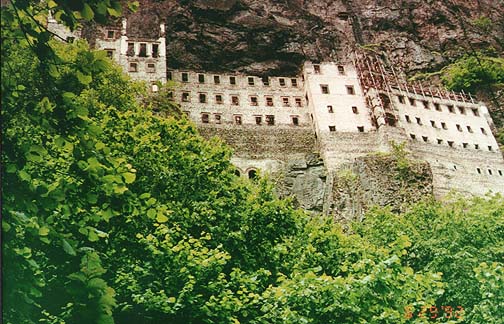
monastery at SUMELA
![]()
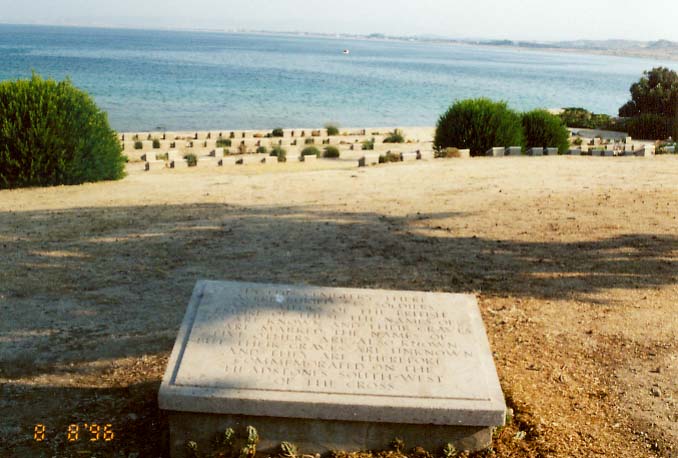
ANZAC cemetery at Gallipoli
Gallipoli Campaign (April 25, 1915-January 8, 1916), major land and sea operation of World War I, in which British, French, Australian, and New Zealand forces unsuccessfully attempted an invasion of the Ottoman Empire. The action was confined to the Dardanelles Strait and the tip of the Gallipoli (Gelibolu) Peninsula near İstanbul. The purpose of the campaign, devised by British munitions minister David Lloyd George, first lord of the admiralty Winston Churchill, General Herbert H. Kitchener, and Admiral Sackville H. Carden, was to open up a new theater of war as an alternative to the stalemate in France, to relieve Ottoman pressure on Russian forces in the Caucasus, and, by gaining control of Istanbul and the straits, to provide a direct link with Russia via the Black Sea. What initially was to be exclusively a naval operation failed in February 1915 when several British and French ships were damaged by floating mines. A land invasion was then decided on, but it was not begun until late April. An amphibious landing at that time was met with heavy resistance by the Ottomans. Excessive caution and timorous leadership by the British commander, Sir Ian Hamilton, resulted in several lost initiatives. Little headway was made beyond the several beachheads. In early August, after three months of stalemate and stagnation on the beaches, a new major offensive was begun. Once again, however, the caution and indifferent leadership of the British command offset the effect of heavy reinforcements. The Ottoman forces, on the other hand, were inspired by the leadership of Mustafa Kemal (later Atatürk, president of Turkey) and the skill of their German commander, Otto Liman von Sanders. After a few more months of stalemate, Hamilton was replaced by Sir Charles Monro, who was sent to evaluate the situation. Monro recommended evacuation, and the allied forces were withdrawn in December and January.
British casualties were 205,000 out of 410,000; the French sustained a rate of 47,000 out of 79,000; Ottoman, 250,000 to 300,000 out of 500,000. The fiasco badly stained the reputations of Churchill, Hamilton, and Kitchener. Despite its overall failure, however, the Gallipoli campaign weakened the Ottomans enough to facilitate the British seizure of Palestine in 1917. The action also distracted the Germans from a plan they had in 1915 to begin another offensive in France.Contributed By: Newell D. Boyd for Microsoft Encarta
![]()
Link to Information on travel in Turkey
![]()
Other places in Turkey in Asia
![]()
![]()

Other Countries in Asia
The continent of Asia extends from the Middle East to the Pacific ocean. It has many exotic peoples and cultures, and is a delight to the adventurous traveler. Click on these countries to see some of the photos I have taken over the last 25 years.

